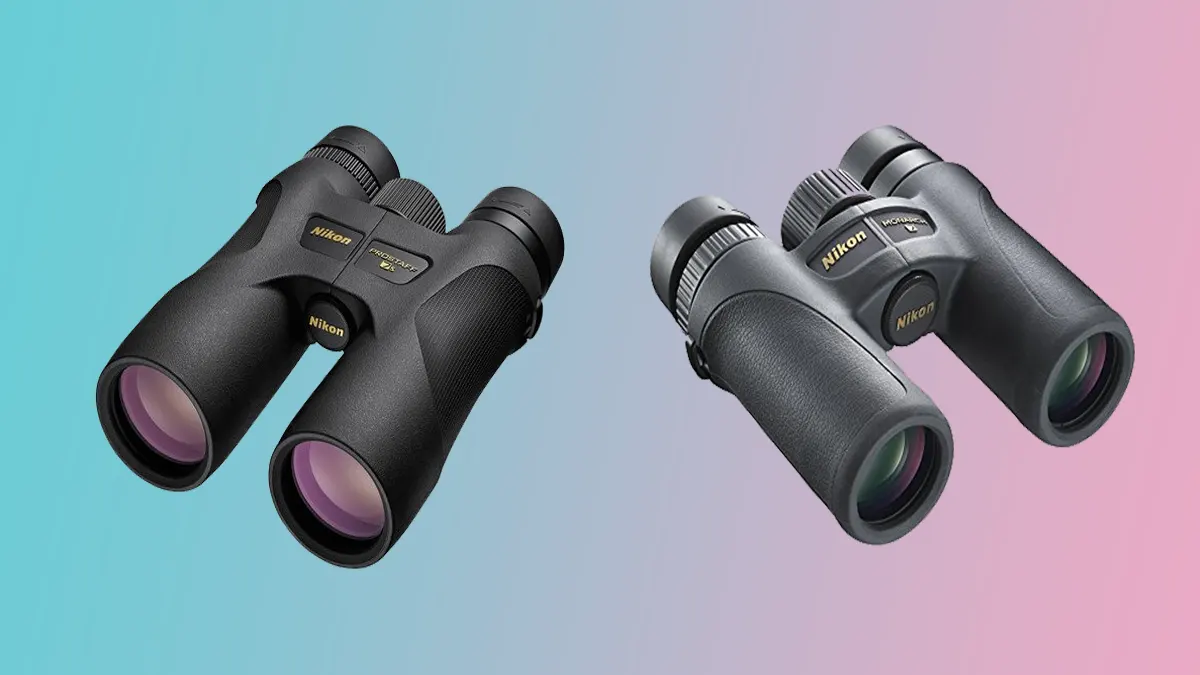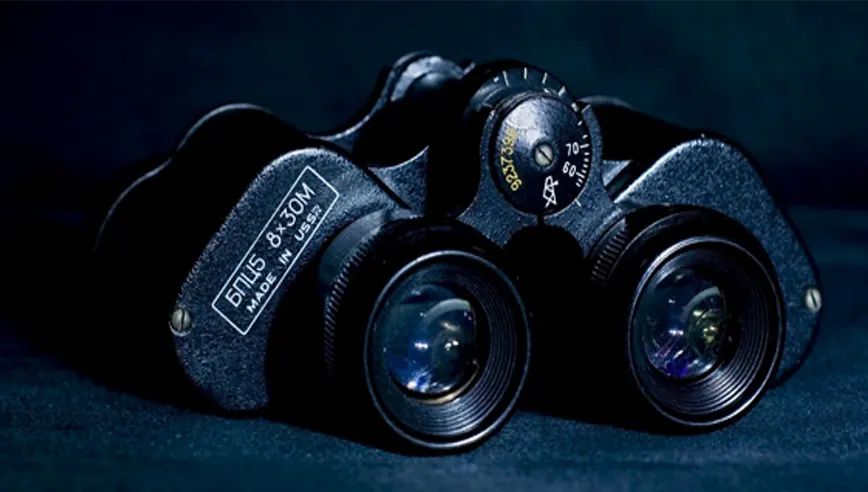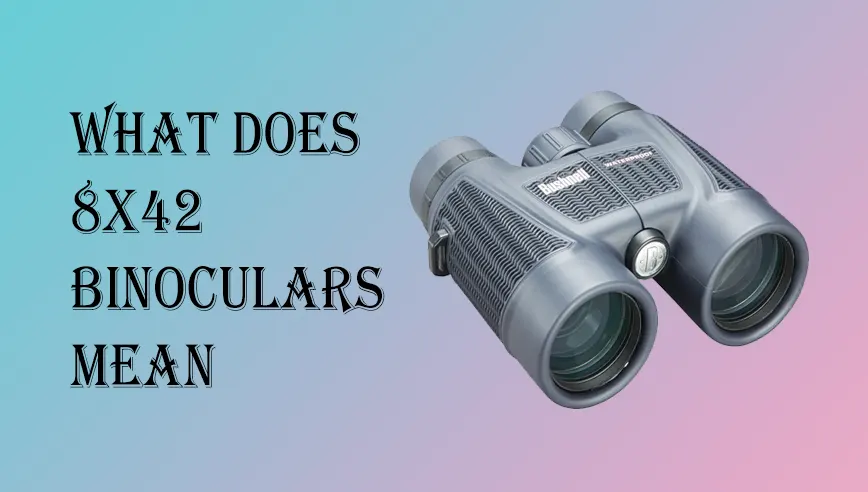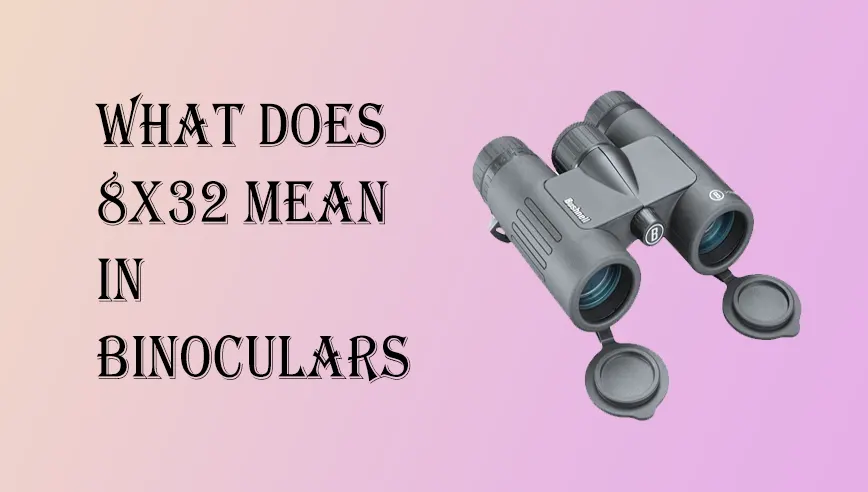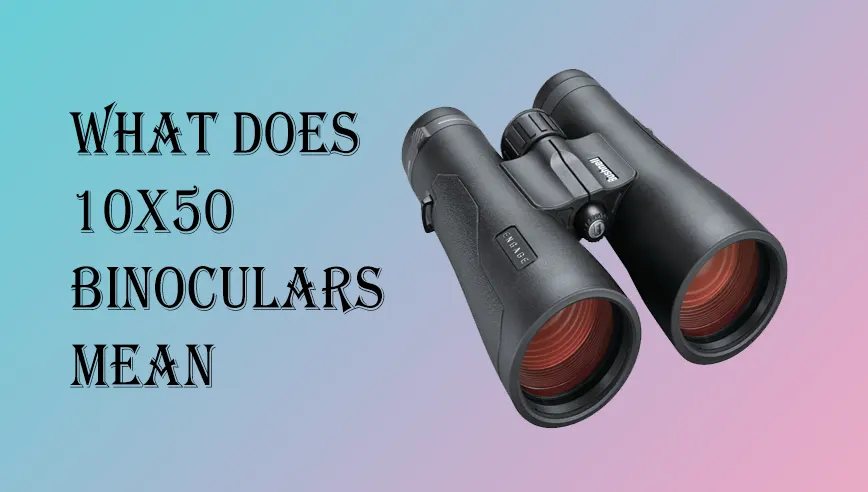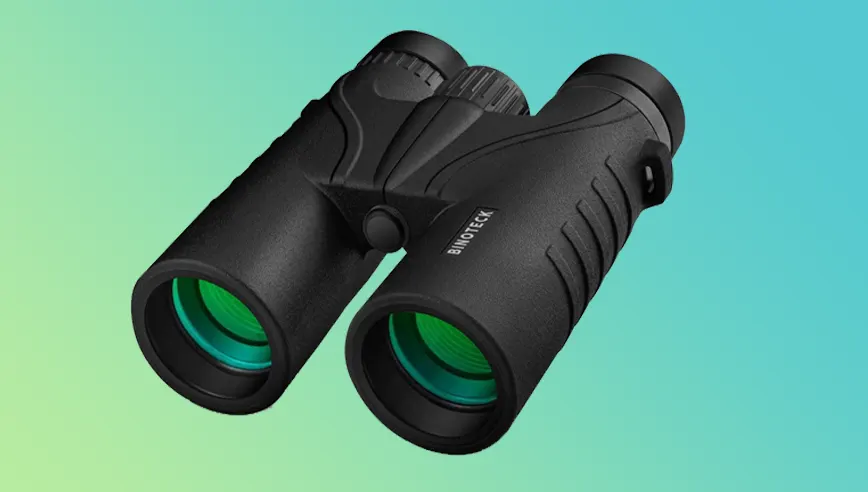Suppose you find achieving a sharp and well-defined view challenging using your binoculars. In that case, one crucial feature can significantly impact the clarity and precision of the diopter adjustment. This comprehensive article will delve into how to focus binoculars with diopter, highlight the importance of diopter adjustment, and provide some handy tips on maintaining optimal binocular focus.
Binoculars are a widely used optical device popular for various activities such as birdwatching, stargazing, hunting, hiking, sightseeing, and more. They offer a unique way to observe distant objects using both eyes, providing a three-dimensional view and an immersive experience. However, to optimize the viewing experience, it is crucial to focus your binoculars properly, and a key factor in achieving that is understanding and utilizing the diopter adjustment feature.
Understanding Binoculars:
Before we begin discussing how to adjust the diopter on binoculars for proper focus, it’s important to grasp the fundamental concepts of binoculars. Binoculars comprise two telescopes positioned next to each other, enabling the user to view objects with both eyes simultaneously. Each telescope is equipped with an objective lens at the front that collects light and concentrates it to create an image and an eyepiece lens at the back that magnifies the image for viewing.
What is a Diopter?
The diopter is a common feature in many binoculars that enables you to fine-tune the focus of one eyepiece independently of the other. It is designed to account for differences in visual acuity between your eyes, which may have varying levels of nearsightedness or farsightedness. Typically, the diopter adjustment is in the form of a ring or lever near the eyepiece of one binoculars.
Importance of Diopter in Binoculars:
The diopter adjustment is crucial for obtaining a sharp and clear image when using binoculars. Incorrect diopter settings can lead to blurry or unfocused images, causing eye strain and discomfort. Properly adjusting the diopter to match your eye’s visual acuity ensures that both eyes perceive a clear and focused image, resulting in a comfortable and enjoyable viewing experience.
Steps to how to focus binoculars with diopter:
Now let’s dive into the step-by-step process of set diopter on binoculars:
Step 1: Adjust the Diopter Ring:
Close the right eye, which does not need any correction and look in the distance with the left eye through the binoculars. Both eyes should be kept open to maintain binocular vision. Use the diopter ring or lever to position the optical lens until a clear image appears. The diopter scale may have markings indicating the degree of correction so that you can take note of the setting for future reference.
Step 2: Use the Central Focus Wheel:
After adjusting the diopter, you can use the joystick to finely adjust the central focus wheel’s focus for both telescopes simultaneously. Look directly at the same distant object and slowly rotate the joystick until the picture becomes clear and sharp. Making smooth changes and taking time to achieve the best results are important.
Step 3: Fine-tune the Focus:
After adjusting the central focus wheel, you may need to adjust the diopter to make minor tweaks to the lens’s focus. This is especially important if you change the distance to the object you are observing or switch from one user to another with varying visual acuity. Use the diopter adjustment ring or lever to make small adjustments until the image is in focus for your eyes.
Step 4: Test Your Binoculars:
You should check the diopter and central focus wheel after you have adjusted the optical adjustment knobs. Look through different items at differing distances to test the clarity and sharpness of the image. Complete any adjustments to the diopter or central focus wheel until you are satisfied with the results.
Tips for Accurate Binocular Focusing:
Here are some unique tips to ensure accurate binocular focusing:
- Take your time: Correcting focus with binoculars requires patience and careful adjustments. Avoid rushing and make small adjustments until you achieve the desired focus.
- Keep both eyes open: Maintaining binocular vision is crucial while adjusting the diopter and central focus wheel. Keep both eyes open to ensure that both eyes perceive a clear image.
- Record the settings: To easily switch between settings or share binoculars with others, jot down the diopter and central focus wheel settings for quick reference.
- Use a distant object for focusing: Select a distant object with fine details, like a tree branch or a building, as a reference point for achieving sharp focus.
- Practice in daylight: Focusing on binoculars is easier when ample light is available. Practice during the day to adjust the diopter and central focus wheel.
Top Mistakes to Avoid When Focusing Binoculars
To ensure accurate results when focusing on binoculars, it’s important to avoid common mistakes. Here are some tips:
- Neglecting to adjust the diopter: Many users forget to adjust the diopter and solely rely on the central focus wheel, resulting in a blurry image. Always adjust the diopter first to match your eye’s visual acuity.
- Over-adjusting the diopter: Over-adjusting the diopter can also create a blurry image. Make small adjustments and test the focus frequently to avoid over-correction.
- Ignoring the central focus wheel: The central focus wheel is crucial to binocular focusing. Use it in conjunction with the diopter to achieve the best results.
- Skipping focus testing: After making adjustments, always test the focus by looking at various objects at different distances. This ensures that your binoculars are accurately focused.
Maintaining Proper Binocular Focus:
Once you have achieved the correct focus with the diopter and central focus wheel, it’s important to maintain it for optimal performance. Here are some tips for maintaining proper binocular focus:
- Avoid dropping or bumping your binoculars, as it can misalign the diopter and central focus wheel, requiring readjustment.
- Store your binoculars in a protective case when not in use to prevent dust or dirt from settling on the lenses, which can affect the focus.
Read More:
- Best Binoculars for Football Games
- Best 12x50 Binoculars
- Best Binoculars for Whale Watching
- Best Binoculars Under $100
Frequently Asked Questions
Can I adjust the diopter while wearing eyeglasses?
Yes, you can adjust the diopter while wearing eyeglasses. However, adjusting the diopter without eyeglasses is recommended for better accuracy. If you need to wear eyeglasses while using binoculars, you can make adjustments accordingly.
How often should I adjust the diopter?
You may need to adjust the diopter whenever you share your binoculars with others, change the viewing distance, or switch between users with varying visual acuity. It’s a good practice to check the diopter settings before each use for optimal focus.
Can I use the same diopter setting for both eyes?
No, the diopter settings may vary for each eye as the visual acuity of both eyes can differ. Adjusting the diopter individually for each eye to achieve the best focus is important.
Can I use the central focus wheel alone without adjusting the diopter?
While the central focus wheel is essential to binocular focusing, it may not provide optimal results without adjusting the diopter. It’s recommended to adjust the diopter first for your eye’s visual acuity and then use the central focus wheel for fine-tuning.
Can I use the same binocular focus settings for different objects or distances?
The focus settings may vary for different objects or distances. It’s recommended to test the focus by looking at various objects at different distances and making necessary adjustments to achieve clear and sharp images.
